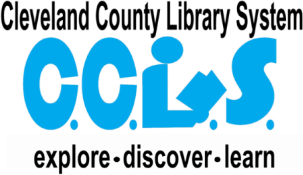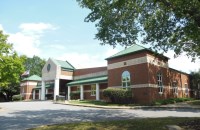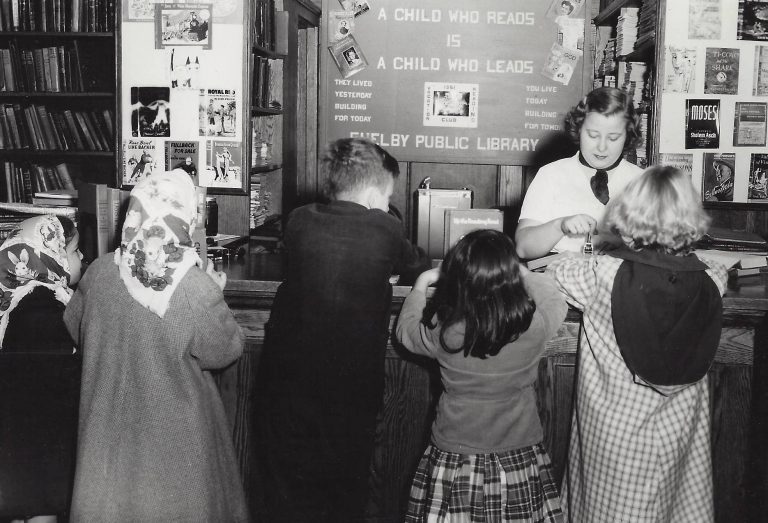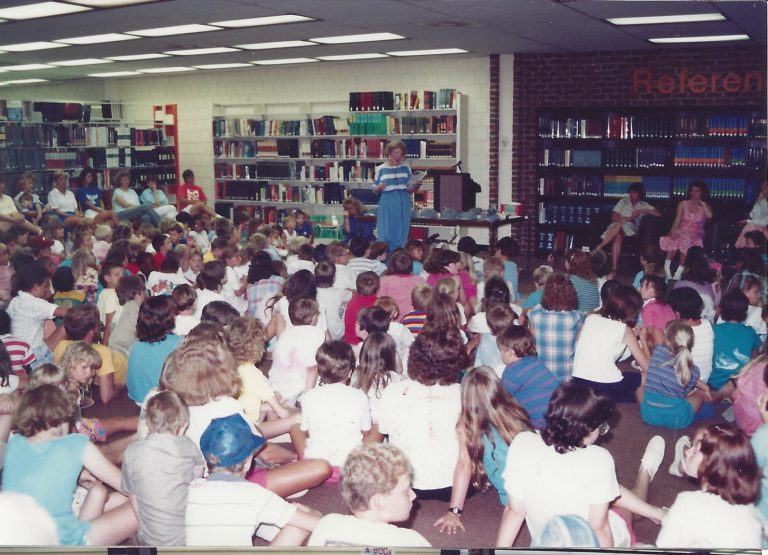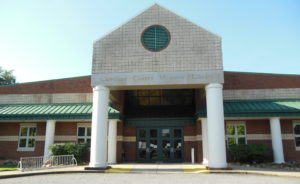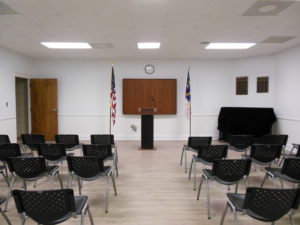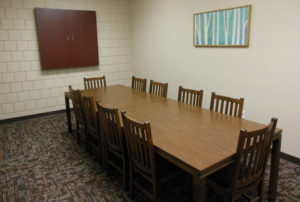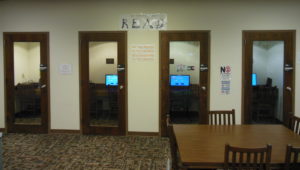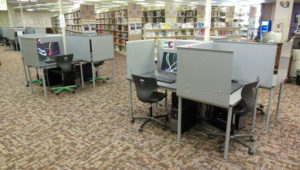History of the Library System
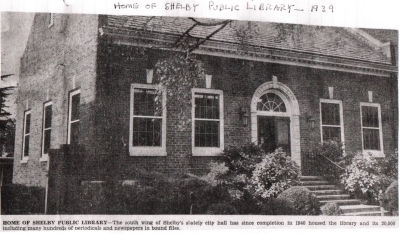
The history of the Cleveland County Library System begins with six friends: Mrs. Madge Webb Riley, sisters Oeland, Cora, and Fan Barnett, Anne Miller, and Mayme Jones, who in 1911 founded Cleveland County’s first lending library in a single, unheated room behind the law offices of R.L. Ryburn, Esq., adjacent to the County Court Square. They began with “two tables, two bookcases, six split-bottom chairs, and 50 books,” and were open two afternoons a week, organized and staffed on a completely volunteer basis.
Today, the Cleveland County Library System has two locations: Eugenia H. Young Memorial Library in Shelby and Spangler Branch Library in Lawndale, offering a largce collection of books, audiobooks, e-books, video, and e-video. The libraries also provide public meeting spaces, computers and printing services, genealogy and local history collections, outreach services for daycares and the homebound, and programs, events for children, teens, adults, and seniors, and more.
While locations, collections, and services have changed over the course of the past 107 years, the library’s mission has not, and the Cleveland County Library System continues to empower the citizens of Cleveland County and to enhance their quality of life by providing a safe, welcoming environment in which to access relevant information through books and other resources, programs, and technology with the assistance of friendly, highly trained, and knowledgeable staff.
Our Facilities
Eugenia H. Young Memorial Library moved to 104 Howie Dr. in Shelby in 1971. Thanks to the efforts of the state, county, and city governments, and most especially the generous contribution of the citizens of Cleveland County, in 1990 the library was able to dramatically expand our facility and our services. Today, the Eugenia H. Young Memorial Library’s 27,000 square feet includes a dedicated children’s library with space for play and programs, three meeting rooms, 27 public computers, a genealogy and local history room, and approximately 190,000 books, ebooks, audiobooks, videos, and other materials available for public circulation.
Meeting Spaces
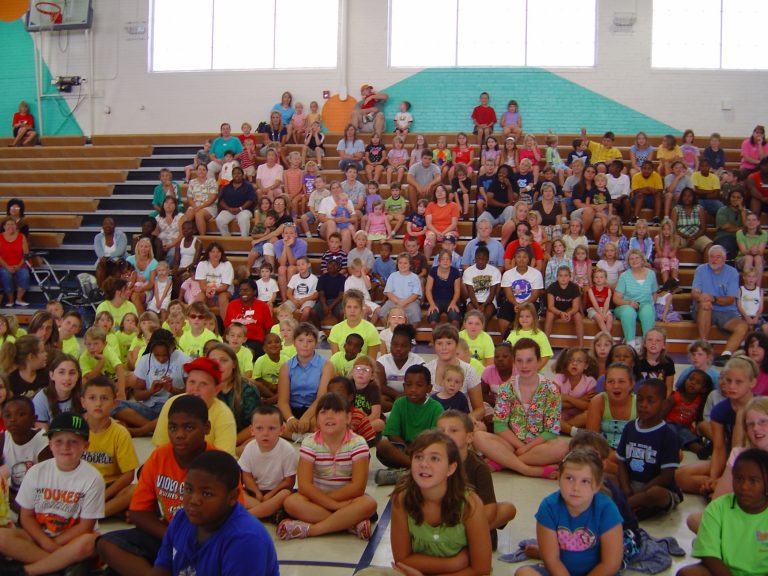
 Honoring Mr. Lutz’ decades of civic contributions to Cleveland County, the Lutz Conference Room seats up to 15 people, and includes a whiteboard/projection screen. Audio-visual equipment, including a projector is available upon request.
Honoring Mr. Lutz’ decades of civic contributions to Cleveland County, the Lutz Conference Room seats up to 15 people, and includes a whiteboard/projection screen. Audio-visual equipment, including a projector is available upon request.Computers
The library is pleased to be able to offer four private, individual computer rooms for our patrons’ use. Each room features upgraded desktop computers running Windows 10 with internet access, the complete MS Office suite, Skype, Affinity Photo photo-editing software, and Foxit PhantomPDF software for creating and editing PDF files. Additionally, each room includes high quality stereo speaker systems, connection to the public print station, and Room 129 is fitted with a webcam for virtual meetings and video chat. Private computer rooms can be reserved for one or two hour blocks during the library’s normal hours of operation. Library members can check out room keys at the circulation desk, while guests are asked to leave either their ID or keys with the circulation desk in order to use the private rooms.
The Eugenia H. Young Memorial Library has 23 public computers available for the use of members and guests. Arraigned in carrels of four computers each, the computers are available to the public during the library’s normal hours of operation. Users have access for two hours each day. Members use their library card number and individual pin to log in, while guests should come to the circulation desk to be issued a visitor’s pass for the day. Every computer includes internet access, the MS Office software suite, and Foxit PhantomPDF software for creating and editing PDF files. Additionally, users have access to a vast array of resources through the library’s website and the NC Live database system. Headphones are available to allow patrons to listen to audio without disturbing those around them. Furthermore, every computer is connected to the public print station, allowing patrons to print in both black and white and color .
Genealogy & Local History
The library maintains a large collection of local history and genealogy resources. This special reference collection is only available to the public in the library during normal operating hours. The collection includes family histories, maps, city directories, yearbooks, and a variety of materials on microfilm. Additionally, the Eugenia H. Young Memorial Library is the official repository for back-issues of the Shelby Star daily newspaper from 1900 – present available on microfilm. The computer station in the genealogy room includes access to FreeAncestry.com as well as all the other resources available on our public computers, and also serves as the microfilm reader screen, allowing patrons to clip, save, and/or print directly from the screen to the dedicated genealogy print station. Members can check out the key to the Genealogy and Local History Room at the circulation desk, while guests will need to leave their ID or keys with the desk in order to use the room.
